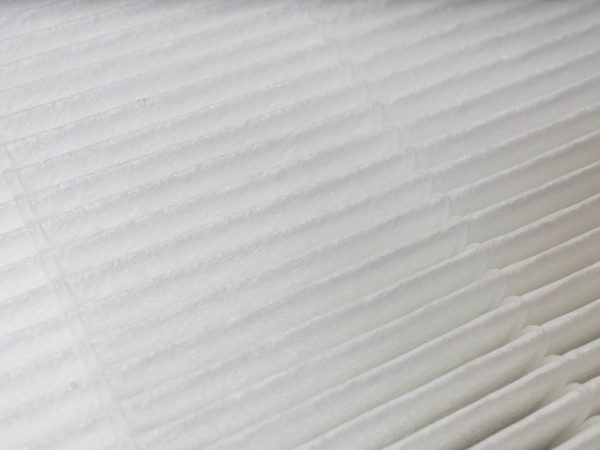Best Way to Clear the Air?
You recently mentioned HEPA air purifiers. What about the ion type?
Andrew Weil, M.D. | November 6, 2003

Updated on 4/4/2005
I often recommend HEPA (high-efficiency particulate air) filters to people who have allergies to pollen, dust, or other particulates and to those who live with smokers or in smoggy urban areas. These devices work by forcing air through screens containing microscopic pores, which remove all airborne particles above a very small size. Over the years, I’ve found that HEPA filters work very well and aren’t too expensive.
Ion devices (also known as negative ion generators) work very differently. They use static charges to remove particles from indoor air. The charged particles are attracted to the walls, floors, table tops and draperies. Some negative ion devices contain a collector to draw the charged particles back to the unit. If not, you may find that using one can result in soiled walls and other surfaces.
The health benefits of these negative ion machines are debatable because some may produce ozone as they operate. Ozone, an active form of oxygen, isn’t a healthful constituent of air and, in fact, high concentrations of it can irritate lungs and make breathing difficult. Ozone is beneficial in the upper atmosphere where it protects the Earth from the damaging effects of ultraviolet light, but you don’t want it in your living room or sleeping area.
If you’re concerned about the air quality in your home, you might read up on the various sources of indoor air pollution and recommended solutions from the Environmental Protection Agency (EPA).
Andrew Weil, M.D.









